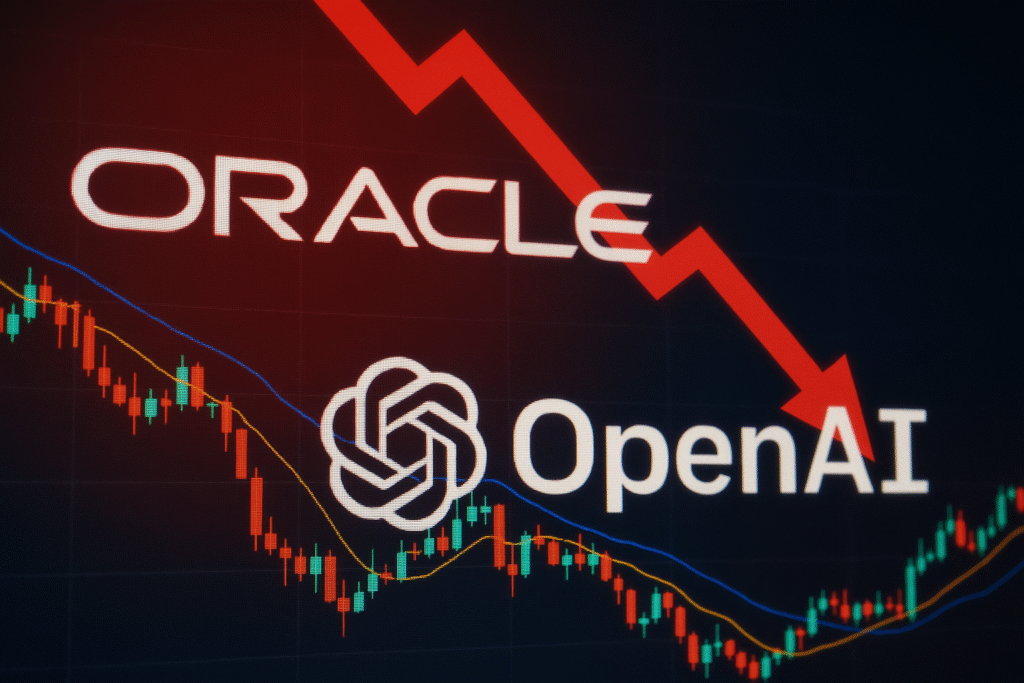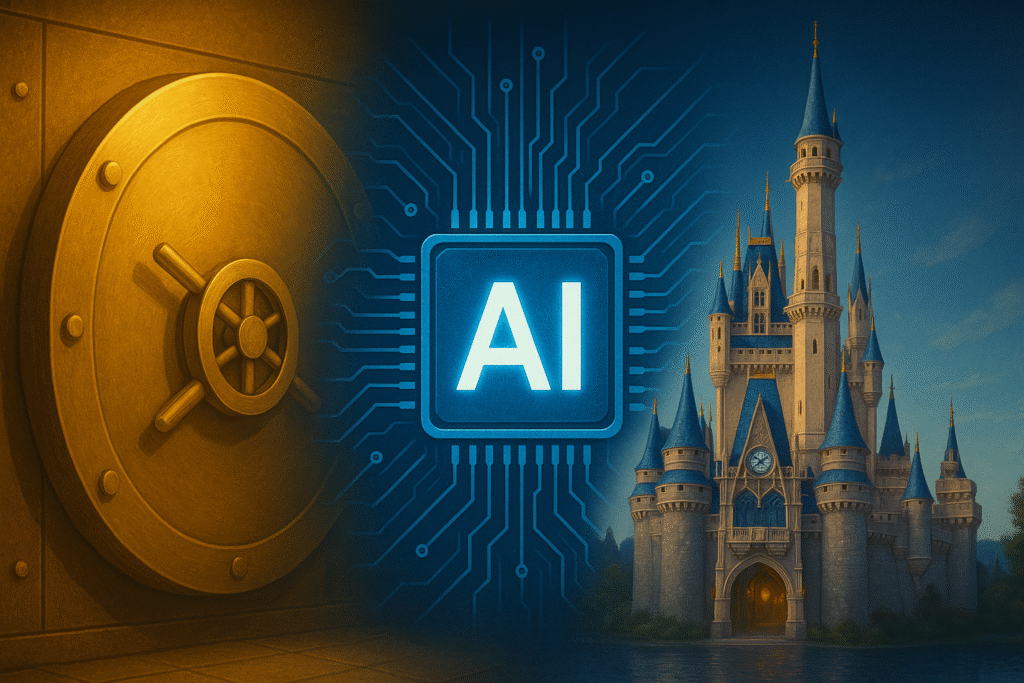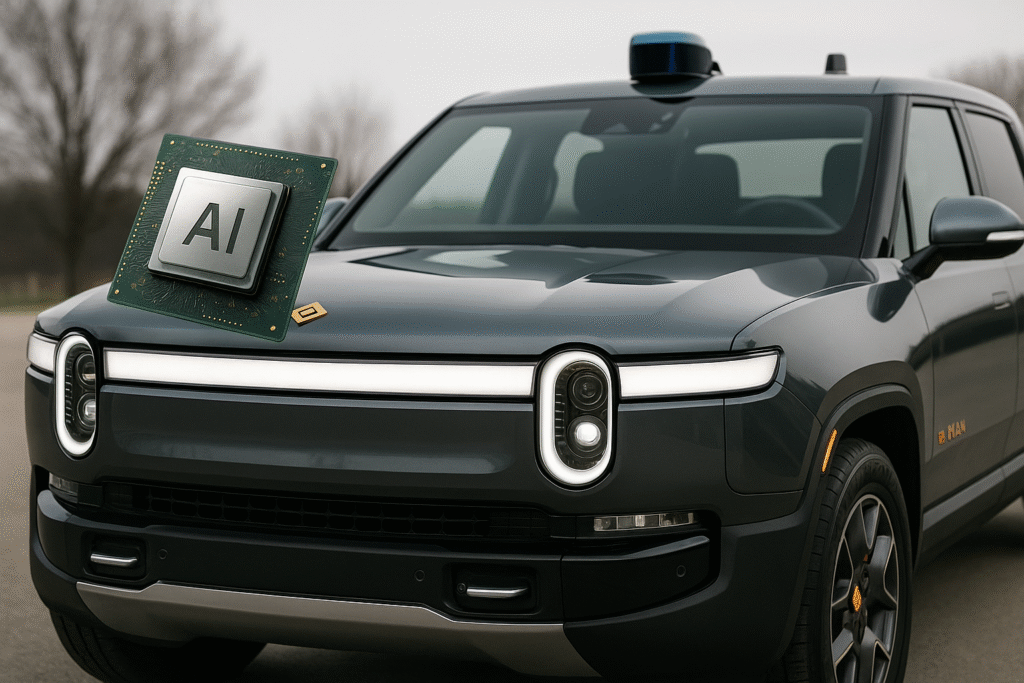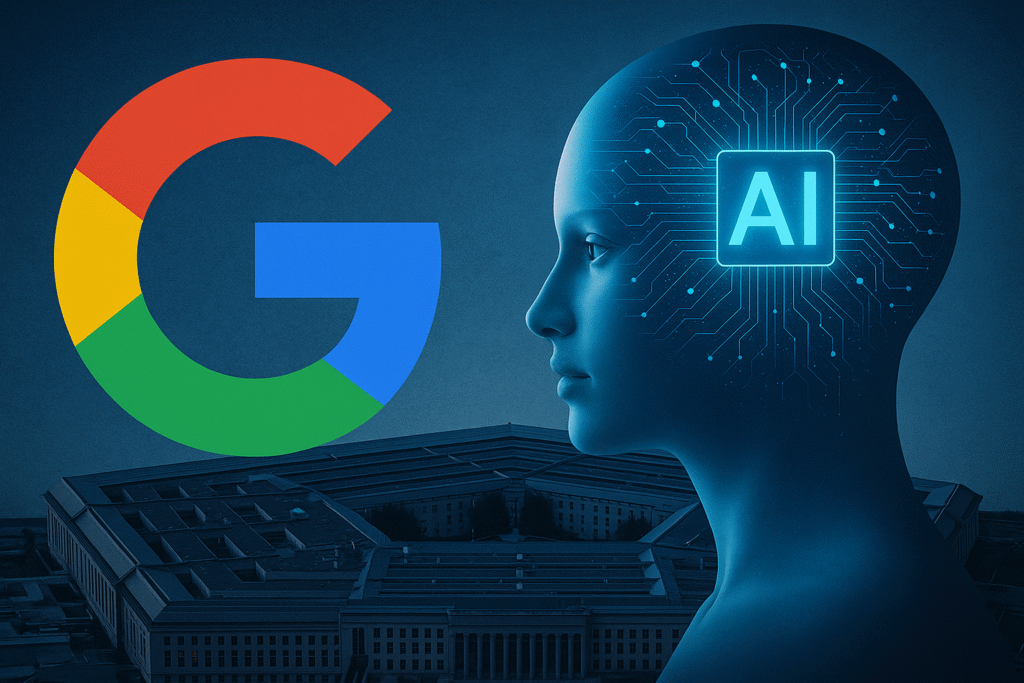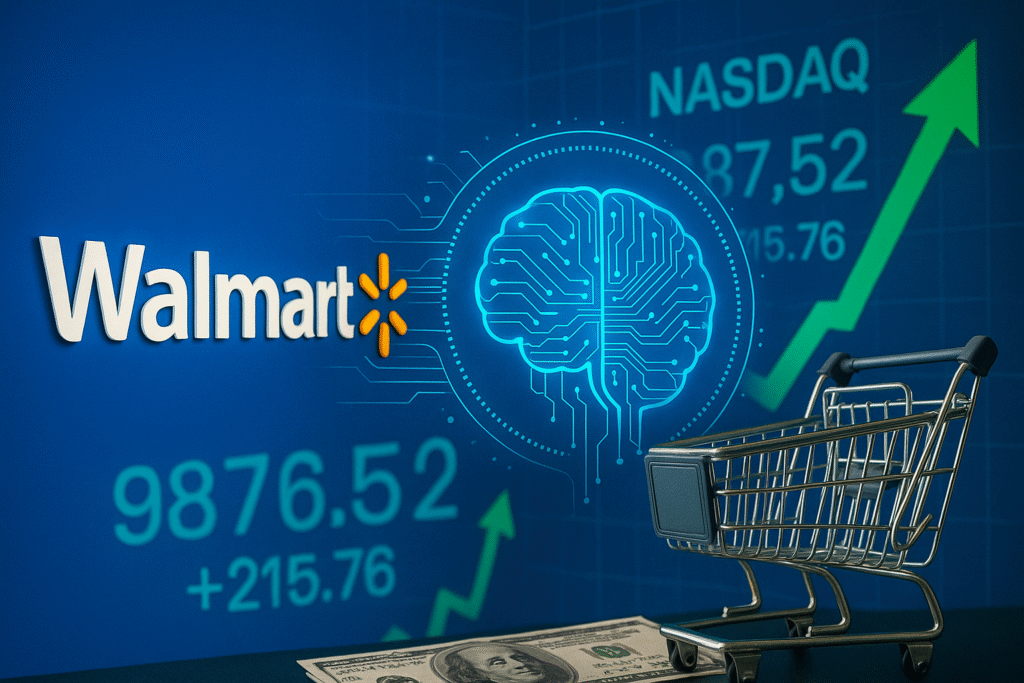The Next Computing Revolution
Quantum computing isn’t science fiction anymore — it’s one of the most advanced frontiers in modern technology.
Over the past year, Amazon (AMZN), Google (GOOG, GOOGL), and Microsoft (MSFT) have each unveiled their own quantum chips. Nvidia (NVDA) even hosted its first-ever Quantum Day during its GTC developer conference, while IBM and Intel (INTC) continue to expand their quantum research divisions.
This surge of investment underscores one belief across Silicon Valley: quantum computing could change everything — from how drugs are discovered to how financial systems are optimized and how AI learns.
Bits vs. Qubits: The Core Difference
To understand quantum computing, it helps to start with what we already know.
Every laptop, smartphone, and data center today runs on classical computers, which use bits — tiny on/off switches represented by 1s and 0s — to process information. Billions of these bits flow through chips made of transistors, the foundation of modern computing.
Quantum computers, however, use qubits, which behave according to the laws of quantum mechanics. Unlike bits that can only be a 1 or 0, qubits can exist as both 1 and 0 at the same time — a phenomenon known as superposition.
That means a single quantum processor can perform many calculations simultaneously, unlocking exponential computational power.
Think of it like this: while a classical computer explores one path at a time, a quantum computer can explore millions of possibilities at once.
How Quantum Computers Actually Work
Qubits are created using various physical systems — like superconducting circuits cooled to near absolute zero, or photons manipulated by lasers.
The large, chandelier-like structures often seen in quantum labs? Those are cryogenic systems that keep qubits cold enough to maintain stability. Quantum computers also require traditional computers to manage operations and interpret results, forming a hybrid computing system.
The combination allows researchers to model molecules, optimize logistics networks, and simulate physics problems that would take even the world’s most powerful supercomputers thousands of years to solve.
The Fragility Problem: Quantum Errors
Despite their promise, qubits are fragile.
Because they exist at the subatomic level, even the smallest interference — a stray atom, a temperature fluctuation, or electromagnetic noise — can cause a quantum error, wiping out information.
“Qubits are extremely sensitive,” explains Sridhar Tayur, professor of operations management at Carnegie Mellon University. “You can’t have 0 and 1 at the same time if it interacts with the environment.”
On average, today’s systems can only perform a few hundred reliable quantum operations before errors occur — but practical quantum computing requires trillions.
That’s where quantum error correction comes in. Companies like Microsoft, Google, and Amazon are working on approaches that replicate each qubit thousands of times to create a single, stable logical qubit. It’s an enormous engineering challenge, but one central to quantum’s future.
Why It Matters — and What It Can’t Do
Quantum computers could unlock breakthroughs across:
- Drug discovery – simulating molecules to accelerate new treatments
- Materials science – designing stronger, lighter, or more energy-efficient compounds
- Climate modeling – solving energy optimization and carbon capture problems
- Finance – improving risk models and cryptography
But they won’t replace your laptop or phone. Quantum systems are purpose-built for highly specialized problems. Running Netflix or scrolling through social media doesn’t require quantum physics — your regular processor handles that perfectly fine.
Instead, think of quantum computers as scientific accelerators — machines designed to solve the kinds of problems that push industries, economies, and innovation forward.
The Road Ahead
The path to practical quantum computing is still long. Stable qubits, reliable error correction, and scalable production are unsolved challenges. Yet every major technology company is racing to be first — because whoever cracks the code could own the next era of computing.
Quantum computing may not yet power our daily lives, but its trajectory mirrors the early days of semiconductors and the internet: complex, uncertain, and revolutionary.
WSA Take
Quantum computing isn’t just another tech buzzword — it’s the foundation of a new computational era.
While today’s systems are experimental, the underlying science promises a step change in how humanity processes information. The tech giants building these machines aren’t chasing hype; they’re positioning for the post-AI infrastructure boom, where speed, precision, and discovery become the ultimate currency.
This follows our recent coverage of the rare earths supply chain, which highlighted how control over physical resources shapes the digital economy. Quantum technology represents the next evolution of that same battle — from minerals to minds.
Read our latest report on the rare earths crisis.
Explore more industry-defining stories on the Wall Street Access homepage.
Disclaimer
Wall Street Access does not work with or receive compensation from any public companies mentioned. Content is for educational and informational purposes only.


